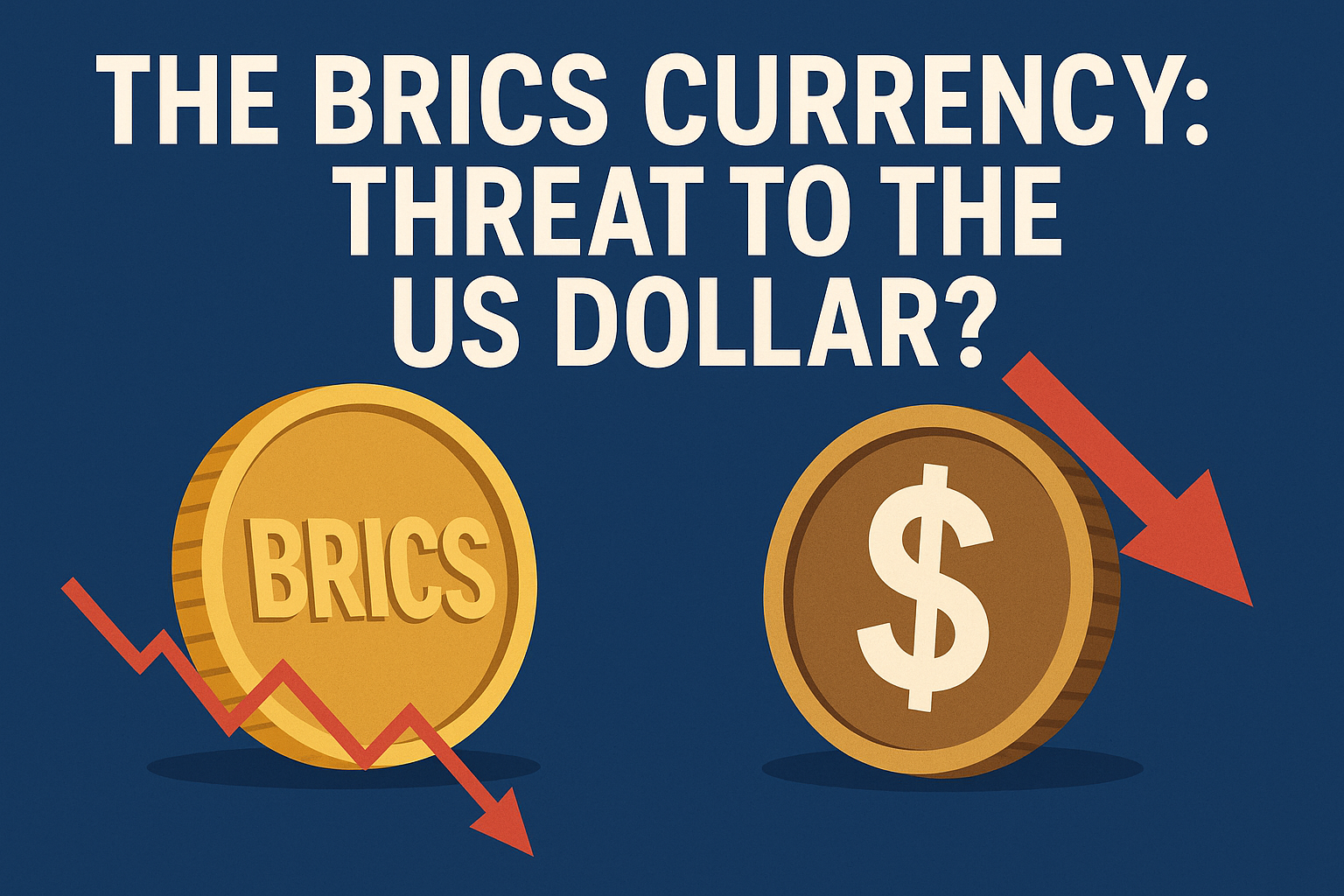The future of Central Bank Digital Currencies (CBDCs) and their potential to replace cryptocurrencies is a complex and evolving topic. While CBDCs and cryptocurrencies both operate in the digital asset space, they serve different purposes and have distinct advantages and drawbacks. Here’s a breakdown of key considerations:
1. CBDCs vs. Cryptocurrencies: Key Differences
| Feature | CBDCs (Government-Issued) | Cryptocurrencies (Decentralized) |
|---|---|---|
| Issuer | Central Banks | Decentralized Networks |
| Control | Centralized, regulated | Decentralized, permissionless |
| Privacy | Limited (KYC/AML rules) | Varies (e.g., Bitcoin is pseudonymous, privacy coins like Monero are anonymous) |
| Stability | Pegged to fiat (stable) | Highly volatile (except stablecoins) |
| Use Case | Digital payments, monetary policy | Store of value, DeFi, speculation, censorship-resistant transactions |
2. Will CBDCs Replace Crypto?
-
Unlikely to Fully Replace Crypto
CBDCs are digital versions of fiat currencies, designed for efficiency in payments and monetary policy. However, they lack key features that attract crypto users:-
Decentralization – CBDCs are controlled by governments, unlike Bitcoin or Ethereum.
-
Censorship Resistance – Governments can freeze or track CBDC transactions, unlike many cryptos.
-
Inflation Hedge – CBDCs inherit fiat inflation risks, whereas Bitcoin has a fixed supply.
-
-
Possible Coexistence
-
CBDCs may dominate retail and institutional payments, while cryptocurrencies remain for decentralized finance (DeFi), speculation, and censorship-resistant transactions.
-
Some governments may restrict crypto to promote CBDC adoption (e.g., China’s digital yuan vs. Bitcoin ban).
-
3. Potential Government Strategies Against Crypto
-
Regulatory Pressure – Stricter KYC/AML rules, taxation, and licensing requirements.
-
CBDC Promotion – Incentivizing CBDC use over private cryptos (e.g., faster settlements, lower fees).
-
Outright Bans – Some authoritarian regimes may ban decentralized crypto to maintain financial control.
4. Challenges for CBDCs
-
Privacy Concerns – Mass surveillance risks could drive users to privacy coins.
-
Adoption Hurdles – People may prefer decentralized alternatives if CBDCs are too restrictive.
-
Technological Limitations – CBDCs may lack smart contract functionality compared to Ethereum or Solana.
5. The Future Outlook
-
Developed Economies (US, EU, UK) – Likely to allow crypto alongside CBDCs, with heavy regulation.
-
Authoritarian Regimes (China, Russia) – May push CBDCs aggressively while suppressing decentralized crypto.
-
Hyperinflation Countries (Argentina, Venezuela) – Citizens may still prefer Bitcoin or stablecoins over CBDCs.
Conclusion: CBDCs Won’t Kill Crypto, But Will Reshape the Landscape
While CBDCs will become a major force in digital payments, they are unlikely to fully replace cryptocurrencies due to fundamental differences in ideology and functionality. Instead, we may see a two-tier system:
-
CBDCs for mainstream finance (government-backed, regulated).
-
Cryptocurrencies for decentralized and alternative use cases (DeFi, privacy, speculation).
Governments may try to suppress crypto, but demand for decentralized alternatives will persist. The future will likely involve coexistence, not replacement.




